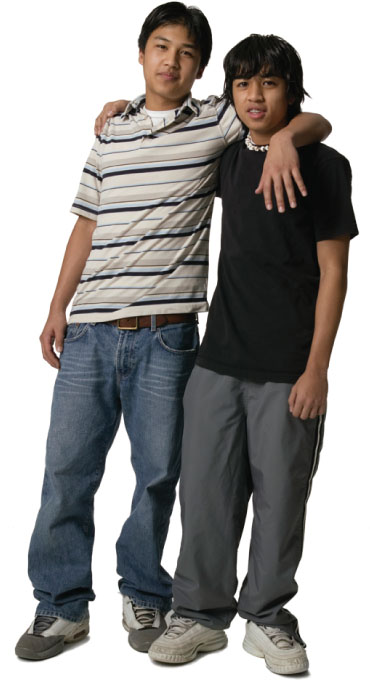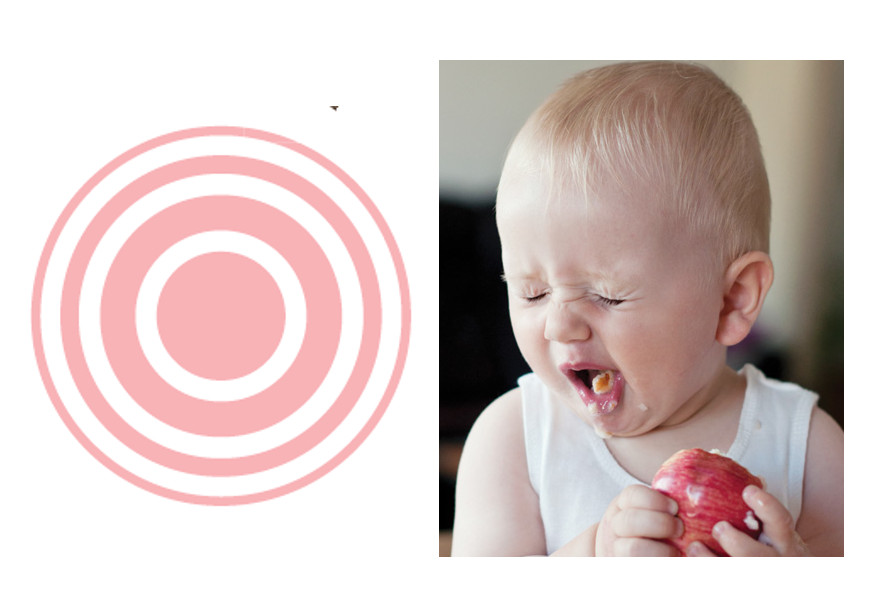254


Motivational Concepts- Drive-Reduction Theory
- Arousal Theory
- A Hierarchy of Needs

Hunger- The Physiology of Hunger
- The Psychology of Hunger
- Obesity and Weight Control
- CLOSE-UP: Waist Management

The Need to Belong- The Benefits of Belonging
- The Pain of Being Shut Out
- Connecting and Social Networking

Emotion: Arousal, Behavior, and Cognition- Historic Emotion Theories
- Schachter-Singer Two-Factor Theory: Arousal + Label = Emotion
- Zajonc, LeDoux, and Lazarus: Emotion and the Two-Track Brain

Embodied Emotion- The Basic Emotions
- Emotions and the Autonomic Nervous System
- The Physiology of Emotions
- THINKING CRITICALLY ABOUT: Lie Detection

Expressed and Experienced Emotion- Detecting Emotion in Others
- Culture and Emotional Expression
- The Effects of Facial Expressions
| 9 | Motivation and Emotion |

|
255


Having bagged nearly all of Colorado’s tallest peaks, experienced climber Aron Ralston went canyon hiking alone one spring day in 2003. The Saturday morning outing seemed so risk-free he did not bother to tell anyone where he was going. In Utah’s narrow Bluejohn Canyon, just 150 yards above his final drop, he was climbing over an 800-pound rock when disaster struck. The rock shifted and pinned his right wrist and arm. He was, as the title of his book says, caught Between a Rock and a Hard Place.
Realizing that no one would be rescuing him, Ralston tried with all his might to dislodge the rock. Then, with a dull pocket knife, he tried chipping away at the rock. When that failed, he rigged up ropes to lift the rock. Alas, nothing worked. Hour after hour, then cold night after cold night, he was stuck.
By Tuesday, he had run out of food and water. On Wednesday, as thirst and hunger gnawed, he began saving and sipping his own urine. Using his video recorder, he said his good-byes to family and friends, for whom he now felt intense love. “So again love to everyone. Bring love and peace and happiness and beautiful lives into the world in my honor. Thank you. Love you.”

On Thursday, surprised to find himself still alive, Ralston had a seemingly divine insight into his reproductive future. In his vision, he saw a preschool boy being scooped up by a one-armed man. Inspired by his vision, he summoned his remaining strength and his enormous will to live. Over the next hour, he willfully broke his bones and then proceeded to use his dull knife to cut off his arm. After slowing his bloodflow with a tourniquet, he chopped through the last piece of skin and, after 127 hours, broke free. Holding his bleeding half-arm close, he climbed down the 65-foot cliff and hiked 5 miles before finding someone. Ralston (2004) described the moment when he broke free. “[I was] just reeling with this euphoria…having been dead and standing in my grave, leaving my last will and testament, etching ‘Rest in peace’ on the wall, all of that, gone and then replaced with having my life again. It was undoubtedly the sweetest moment that I will ever experience.”
Aron Ralston’s thirst and hunger, his sense of belonging to others, and his brute will to live and become a father highlight the force of motivation: a need or desire that energizes behavior and directs it toward a goal. The intense love and joy he felt demonstrate the close ties between our emotions and our motivated behaviors, two areas we explore in this chapter.
256